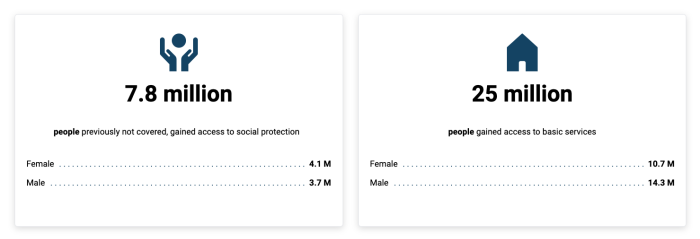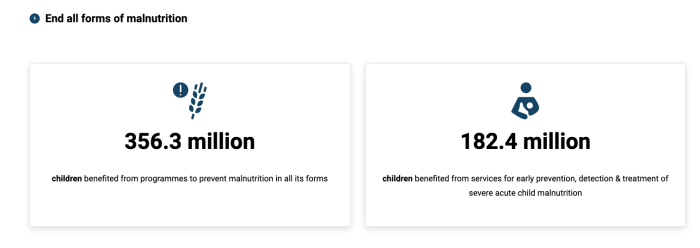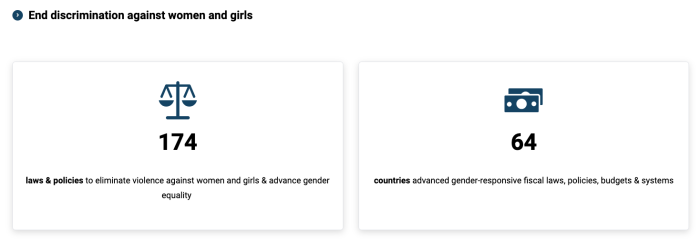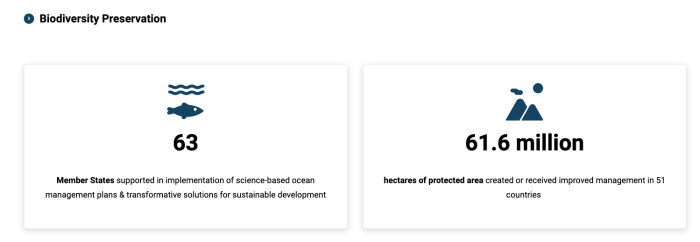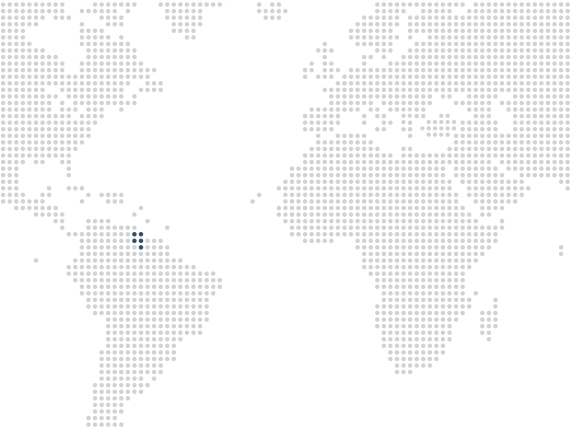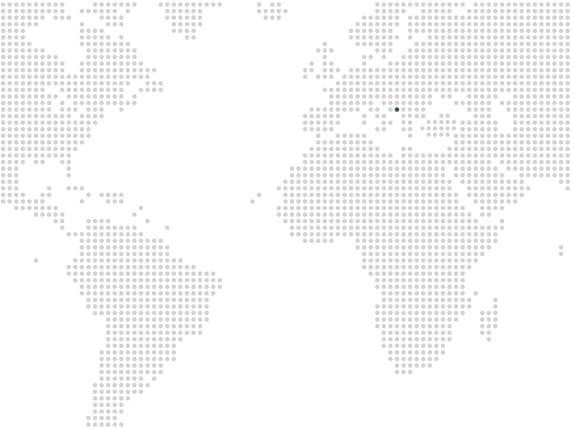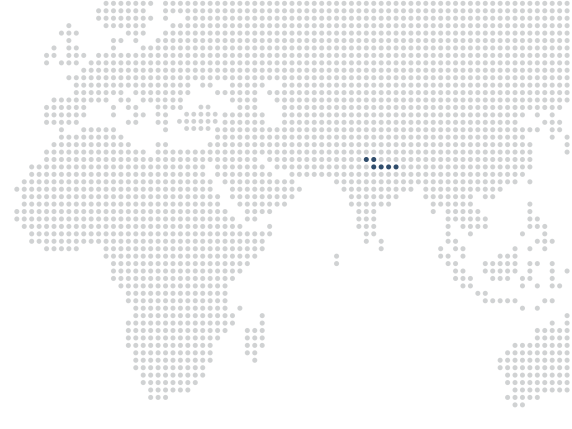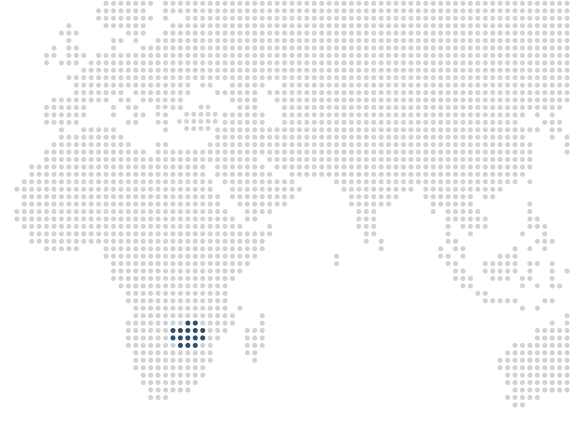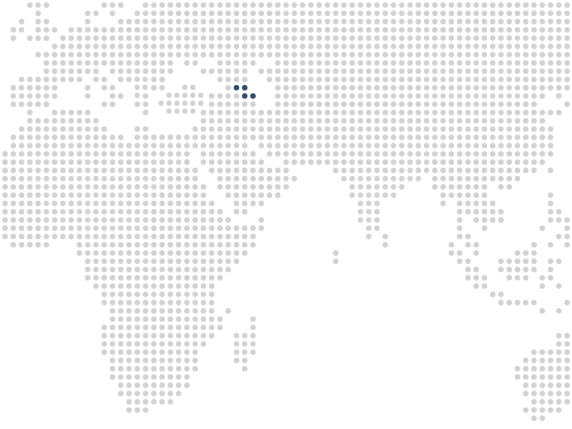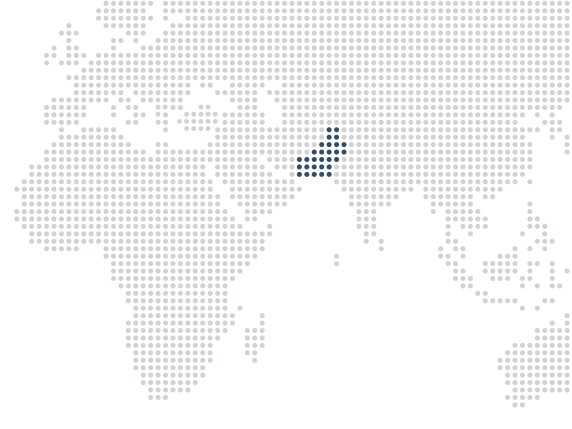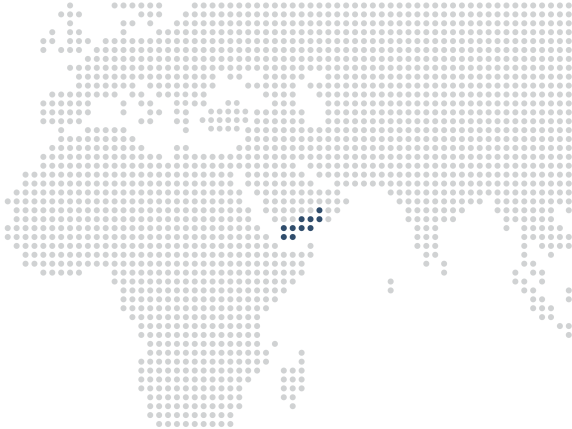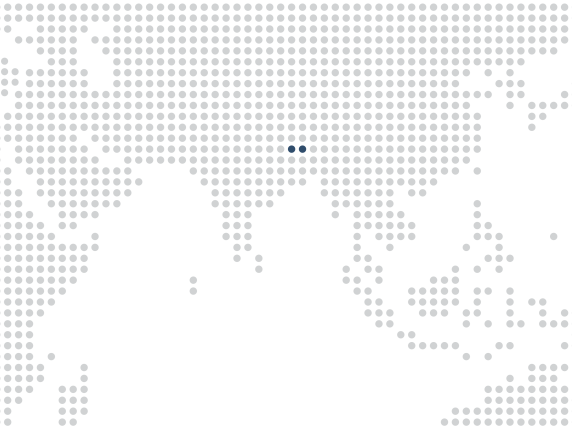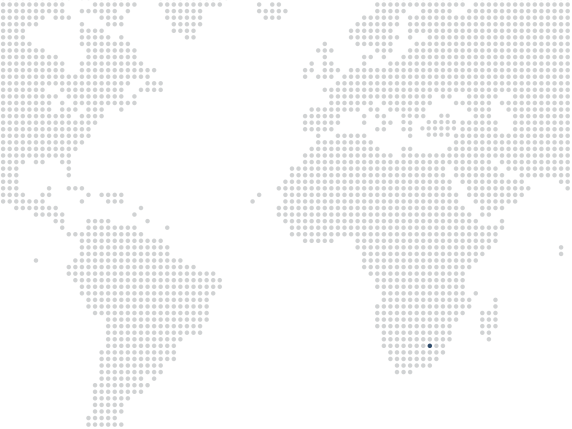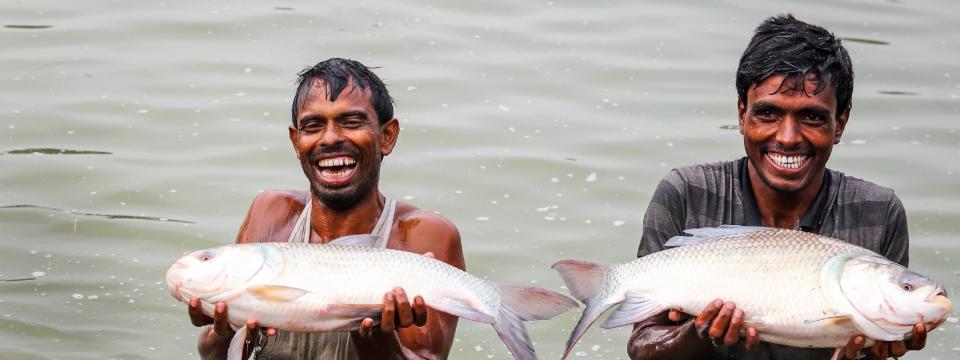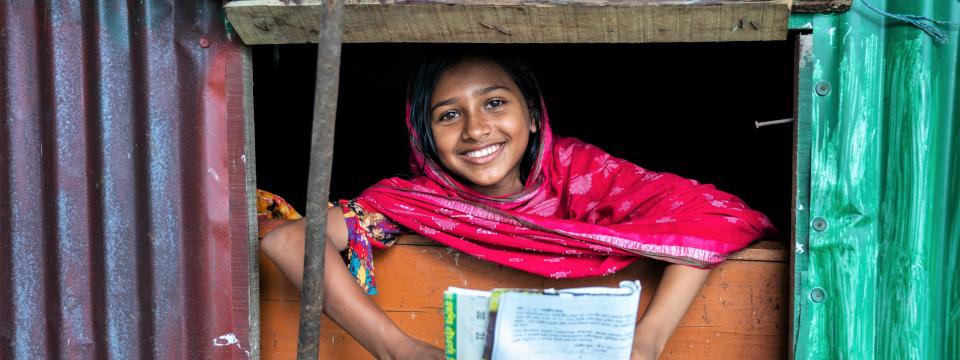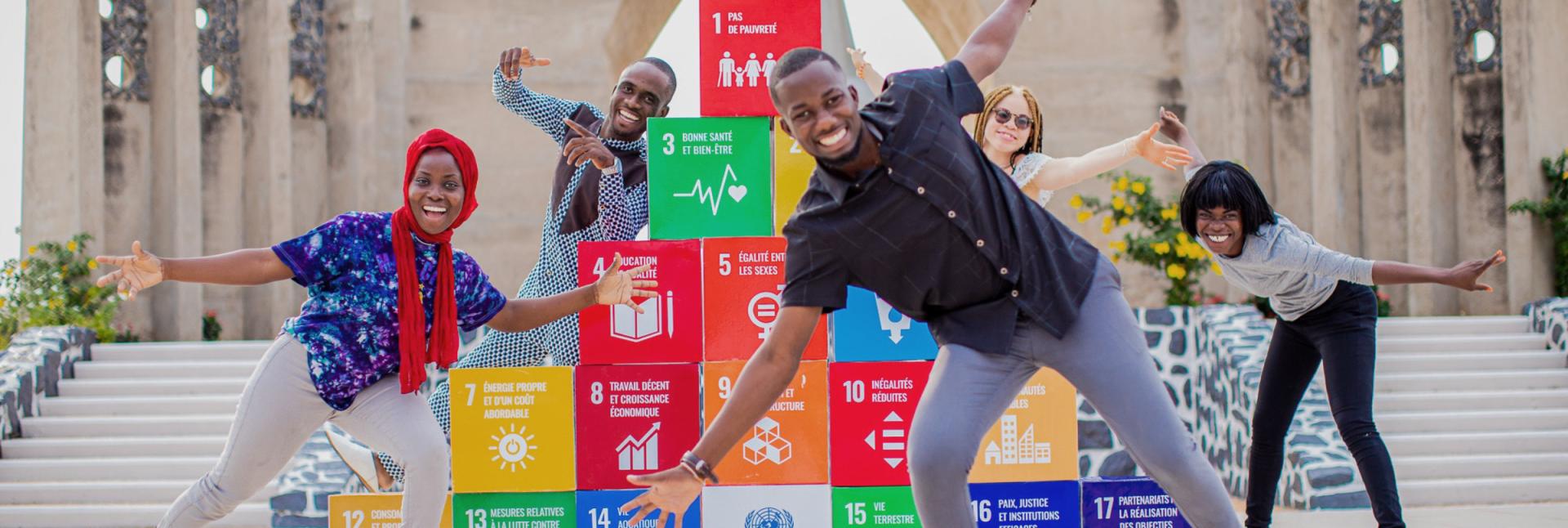
SDGs
Snapshot of the UN development system's contribution to the SDGs in 2022
System-wide results to advance the SDGs
The results below are a snapshot based on available data of how UN teams contributed to SDG results at country level in 2022. System-wide results on the SDGs are organized along thematic areas aligned to the Goals.
Data reflects inputs received from UN Sustainable Development Group (UNSDG) members: ECA, ECLAC, ESCAP, ESCWA, FAO, IFAD, ILO, IOM, ITC, ITU, OCHA, OHCHR, UN WOMEN, UN-HABITAT, UNAIDS, UNCDF, UNCTAD, UN-DESA, UNDP, UN-DPPA, UNDRR, UNECE, UNEP, UNESCO, UNFPA, UNHCR, UNICEF, UNIDO, UNODC, UN-PBSO, UNOPS, UNRWA, UNV, WFP, WHO, WIPO, and WMO.
Poverty Reduction, Social Protection, Education and Basic Services
Social protection and access to basic services
people previously not covered, gained access to social protection
- Female4.1 M
- Male3.7 M
people gained access to basic services
- Female10.7 M
- Male14.3 M
refugees, asylum seekers, internally displaced persons (IDPs) & other persons of concern accessed protection services in 154 countries
Social benefits
people accessed improved social benefits (social protection, scholarships, vaccines, etc.) in areas of social protection & SDG financing
Financial services
people gained access to financial services, in 41 countries
Local governance
countries supported in strengthening local governance capacities for poverty reduction in rural & urban settings
children & adolescents gained access to education
- Female*15.5 M
- Male*16.1 M
children provided with individual learning materials
- Female*11.0 M
- Male*12.4 M
Access and quality of education
countries achieved strengthened National Education systems through technical support & capacity development
Safe and affordable drinking water
people gained access to at least basic water that is safe & available when needed
- Female*15.5 M
- Male*14.9 M
Decent Work for All
workers & work-seekers protected with the Violence & Harassment Convention of the International Labour Organization ratified by 13 countries
- Female75.0 M
- Male99.0 M
72% female
domestic workers impacted by policy reforms & protection measures
49% female
people benefitted from jobs and improved livelihoods in crisis or post-crisis settings, in 40 countries
Healthy Lives, Nutrition & Well-being
Universal access to safe and nutritious food
people received food assistance to improve food security
- Female85.4 M
- Male74.4 M
End all forms of malnutrition
children benefited from programmes to prevent malnutrition in all its forms
children benefited from services for early prevention, detection & treatment of severe acute child malnutrition
Sustainable food production and resilient agricultural practices
people reached to ensure productive & sustainable food systems, with 232,644 hectares of land rehabilitated
COVID-19
countries supported with the delivery of COVID-19 vaccination services, including procurement, cold chain & logistics management, demand generation, and monitoring and evaluation activities
Gender Equality and Women’s Empowerment
End discrimination against women and girls
laws & policies to eliminate violence against women and girls & advance gender equality
countries advanced gender-responsive fiscal laws, policies, budgets & systems
End all violence against and exploitation of women and girls
women, adolescents & youth benefited from high-quality services related to prevention and protection from gender-based violence & harmful practices
people reached through campaigns to prevent violence against women and girls
children and adults had access to safe and accessible channels to report sexual exploitation & abuse
- Female*11.7 M
- Male*10.5 M
End child marriage
adolescent girls received prevention and care interventions to address child marriage
Access to sexual and reproductive care
adolescent girls and women supported to meet menstrual health and hygiene needs
Economic Transformation and Financing for Development
banks, representing 41% of global banking assets, joined the Net Zero Banking Alliance to decarbonize lending & investment portfolios
Integrated National Financing Frameworks leveraged as the core financing mechanism to implement the SDG stimulus at the country level by developing SDG financing strategies, coordination structures, and regulations
in additional resources catalyzed for SDG acceleration from domestic, developmental & private financing
Climate Action, Biodiversity Preservation, and Reduced Pollution
Strategies
national Disaster Risk Reduction Strategies adopted & implemented by governments, in line with the Sendai Framework for disaster risk reduction
Investments
in investments leveraged to support green recovery in 24 countries
Technology
countries accessed environmentally-sound technologies for low carbon & climate resilient development through the Climate Technology Centre & Network
Biodiversity Preservation
Member States supported in the implementation of science-based ocean management plans & transformative solutions for sustainable development
hectares of protected area created or received improved management in 51 countries
Peaceful Societies and Inclusive Governance
countries supported in implementing the first global framework on Ethics of Artificial Intelligence
countries supported by connecting 130 anti-corruption law enforcement authorities through the Global Operational Network of Anti-Corruption Law Enforcement Authorities
people in more than 90 countries supported with context-specific assistance by humanitarian & development actors via a Displacement Tracking Matrix
- IDPs51.1 M
- IDP returnees39.3 M
- Returnees from abroad2 M
- Migrants5.2 M
UN teams were vital in advancing results in-country. For example:
Guyana
Bangladesh
Bangladesh
In Bangladesh, with UN support, more than 1.8 million people were reached via gender-based violence prevention efforts, including through a national Social Behavior Change Communication Plan for prevention of gender-based violence, and maintenance of crisis centers, safe spaces, shelters, and hotlines.
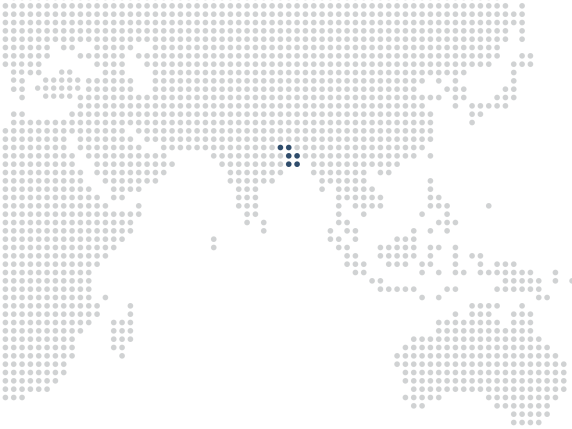
Montenegro
Kenya
Kenya
In Kenya, with UN team support, 22,000 girls were provided with menstrual hygiene management kits in an effort to increase access to schooling; over 5,400 students gained access to gender and disability-sensitive WASH facilities; more than 15,000 children were enrolled in primary schools through enrollment drives; 30,000 newly enrolled out-of-school children benefitted from teaching and learning materials; and nearly 5,000 board of management members were trained on their role and responsibility for the development of sustainable and strategic plans for enrollment and retention.
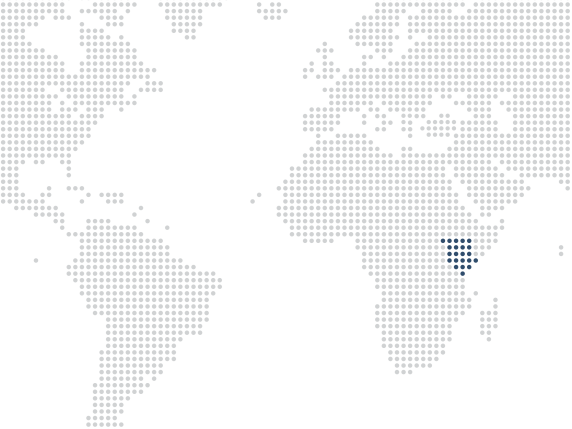
Nepal
Zimbabwe
Azerbaijan
Yemen
Bhutan
Eswatini
Indonesia
Indonesia
In Indonesia, a Ministerial Decree was issued promoting means to reduce electricity consumption, as part of the initiative supported by the UN team to advance Indonesia’s lighting market to high-efficient technologies and aiming to save up to 62,580 tons of CO2 equivalent greenhouse gas emissions by 2024.
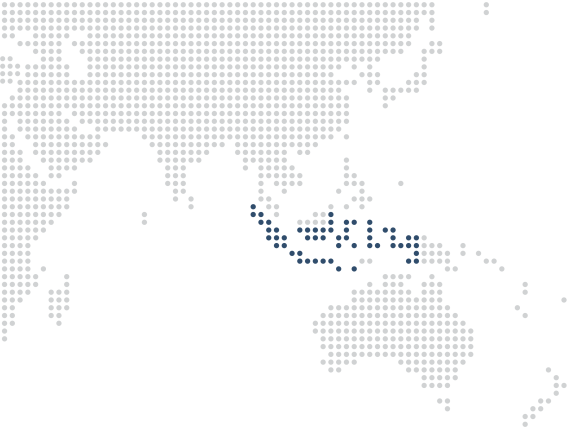
Bangladesh
North Macedonia
North Macedonia
With UN support in North Macedonia, digital readers (such as e-books that read text aloud) now provide access to written data in Albanian for visually-impaired persons. The enhancement of digital innovation products is part of the country’s information and communications strategy for 2023-2027.
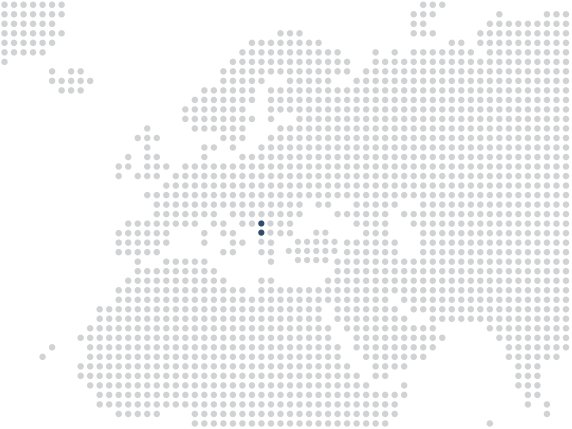
Note: *Some disaggregated values are provided for subsets of countries, and therefore do not necessarily sum up to the total value of the respective indicator.
The report's resource page can be found here, and the glossary here.
To learn more, visit un-dco.org.














